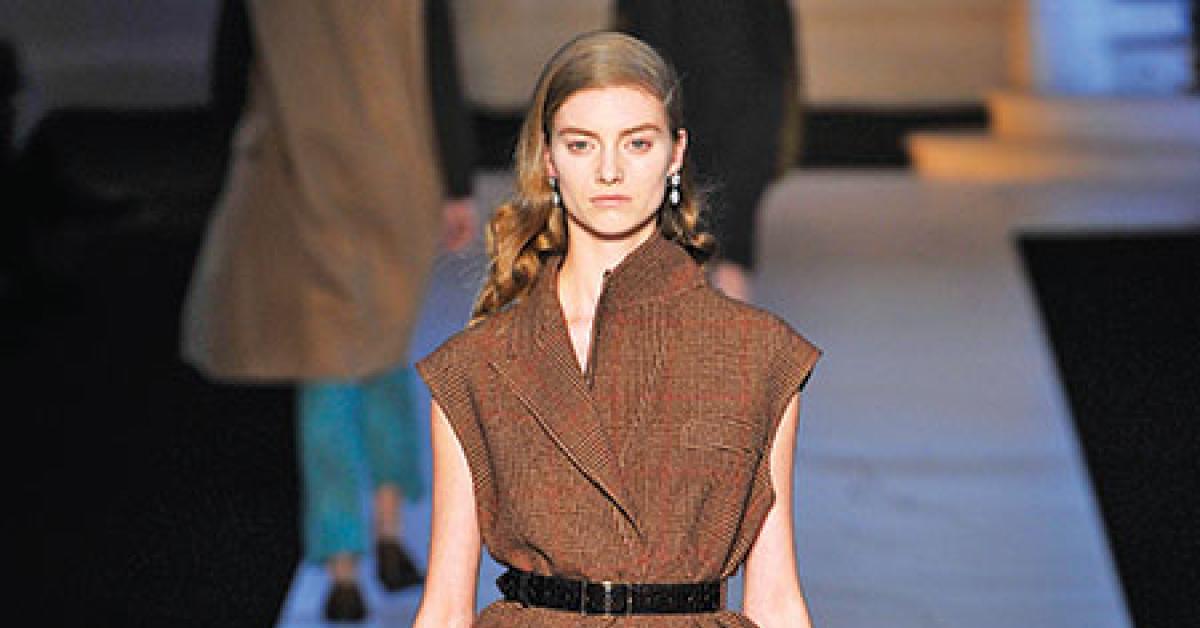CHICAGO — The runways in the fashion capitals of Milan, New York and Paris simmered with sultry looks for the fall season this year, emphasizing a brazen sexuality that translates from the boardroom to the bedroom.
Artfully deconstructed looks made many garments seem as if they were already halfway off, while pajama ensembles and a hotel-room set helped at least one collection look like it was advertising an illicit tryst and the ensuing walk of shame.
But the 2013 styles aren’t all indiscretion; many designers borrowed silhouettes from postwar boom times, when everyone dressed for dinner. The season’s fuller skirts feature hemlines that hit below the knee to leave something to the imagination, and big, boxy plaids protect against the winter chill.
Even when the tailoring is traditional, though, the materials and decorations used could challenge dry cleaners’ skills. Not every plant will see a neoprene evening gown or an ostrich-feather skirt, for example, but many of the year’s styles may present problems in processing.
The following is a fall fashion trend that dry cleaners will see in the months ahead, and expert advice on handling it.
THE NEW LOOK
With a nod to Christian Dior’s definitive mid-century style, fashion’s “new” New Look adopts the couturier’s elegant, feminine silhouette of cropped jackets, defined waists and voluminous skirts that fall just below the knee.
“The thing we have to watch out for here is the construction,” says Alan Spielvogel, garment analyst for the National Cleaners Association (NCA). “There are probably going to be heavy structural interfacings and fusibles inside the garment” that excess moisture and mechanical action can damage.
Finishing issues will be the chief concern—and particularly if pleats are used to build skirt volume.
“You can’t give them to a presser who’s going to bang and hang,” says Joe Hallak Jr., vice president of New York-based Hallak Cleaners. “When you get a skirt that’s two or three times the size of a regular skirt, you can’t treat it like a basic A-line. These items need to go to your best finisher, and you have to charge accordingly.”
Pleat straps can help, says Chris Allsbrooks, director of training operations for ZIPS Cleaners and a former garment analyst with the Drycleaning & Laundry Institute (DLI). But the season’s scalloped, bling-encrusted peplums are making certain dresses “more of an art piece than a wearable garment,” she says. “Peplums can be hand-ironed separately.”
Check back Thursday for Part 2!
Have a question or comment? E-mail our editor Dave Davis at [email protected].

